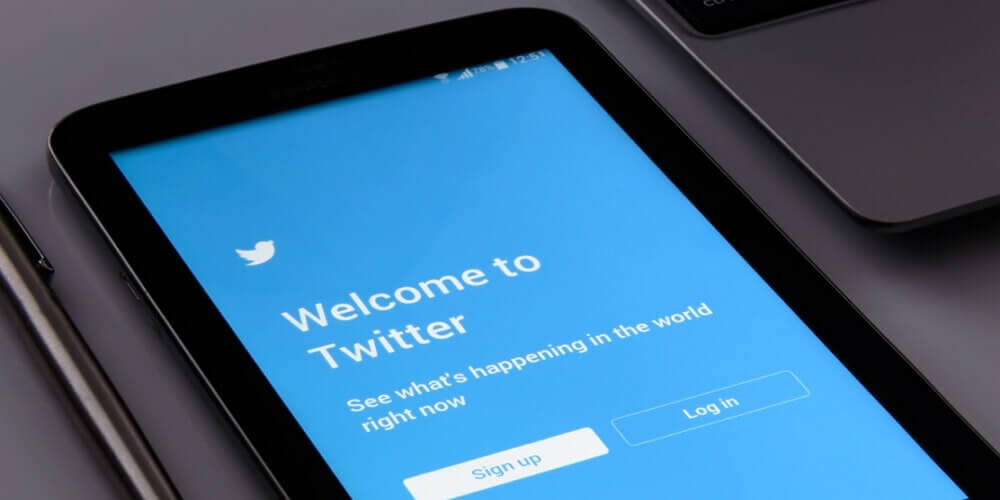Currently, many social media users are buying likes to build their accounts. Striving to show your society how good you are doing is great. However, when using these bought likes on Twitter for PR, you are creating an implication. Here is an overview of using instant likes for PR.
Dozens of Twitter users complained about the platform locking them out until they present their followers’ phone numbers to prove their existence. It occurred after Twitter took a step to eliminate thousands of followers.
Most right-wing Twitter users who saw a big number of their followers disappearing accused the platform of targeting them because of their political beliefs. In response, the social network made it clear that its platform is apolitical and enforces rules without political biasness.
The social network also added part of its ongoing, complete steps to make Twitter healthier and safe for all users. Fake accounts are an expensive issue on Twitter.
Researchers have estimated that bots accounts, managed by automated software rather than humans, represent 15% of Twitter users. They account for an uneven 50% of the site’s content. Marketers and PR active on the platform may also have a significant number of fake followers.
Apart from influencers, publishers also have several fake followers. PR people observe the number of followers when reflecting medial pitching strategies. However, the lack of a metric’s integrity may pause their intentions.
Journalists love using Twitter. When promoting their articles, breaking news, airing their opinions, etc., they need a big audience. Because many PR people need to follow the media, they must present their content and show society that they are progressing.
The number of followers has recently become a principal metric for judging how important journalism and media outlets are. It occurred after the media went digital. But, unlike revenue and circulation, the numbers of followers are fake in most cases.
Ren LaForme, Polynter Institute for Media Studies’ digital tool reporter, said they would drop Nielsen as a rating system if the machine were supplying numbers, and it turned that 15% of the figures were made of robot followers. He also added that social media users are using figures as a mark of reliability, which challenges the credibility of Twitter and news organizations touting the figures.
Since publishers can’t control the people who follow them, they should take a step to fight the robotic follower problem. PR people and publishers should pressure the network to battle the bot issue.
Also, this team should abstain from pushing their employees to increase their social media followers. When people get pressure to gain likes, they succumb to buying fake accounts to please those forcing them.
It is PR’s essential step to scrutinize social media followers and journalists before arranging media pitching plans. They should learn the telltale signs of robot accounts such as incomplete profile details, incoherent posts, etc.
Bottom Line
Twitter’s controversial purge in bot’s accounts highlighted the big problem facing social media platforms. These automated accounts are currently misleading people and creating a false marketing plan.
On the other side, observers warn that this problem is not afflicting only right-wing Twitter users but also mainstream media publishers. These large numbers of fake likes are worrying many PR people.
